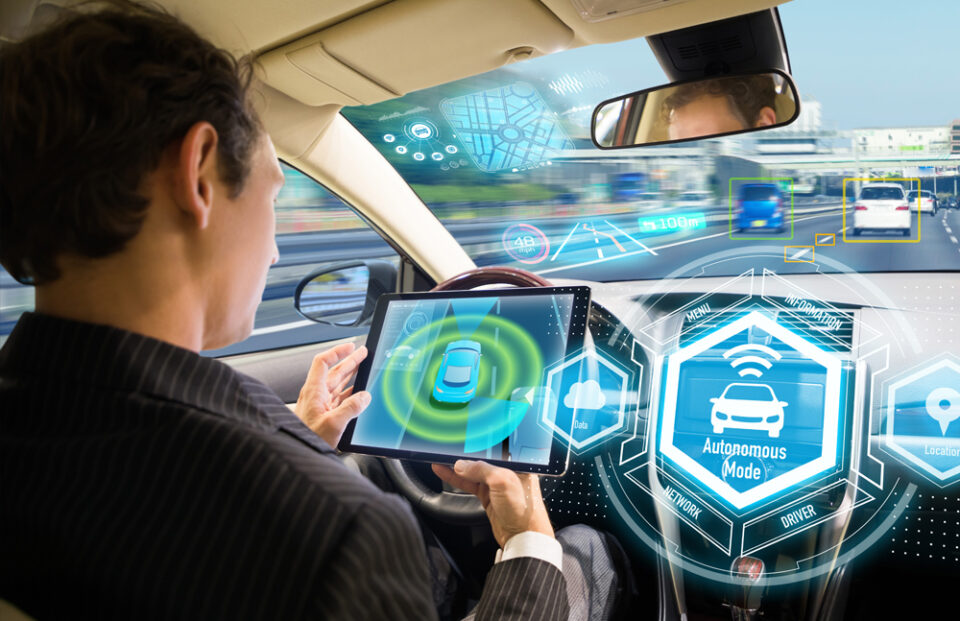Introduction:
The automotive industry is undergoing a transformative era with the integration of advanced technologies, and at the forefront of this revolution are Driver-Assistance Systems (DAS). In this comprehensive exploration, we delve into the intricate workings of these systems that are reshaping the driving experience, enhancing safety, and paving the way towards a more connected and intelligent future on the road.
- Adaptive Cruise Control (ACC):Adaptive Cruise Control is a cornerstone of driver-assistance systems. Unlike traditional cruise control, ACC maintains a set speed but also adjusts the vehicle’s speed to maintain a safe following distance from the car ahead. This feature utilizes sensors, often radar or cameras, to monitor the traffic conditions and adjust speed accordingly, providing both convenience and enhanced safety.
- Lane-Keeping Assistance:Lane-keeping assistance systems use cameras and sensors to monitor the vehicle’s position within the lane. If the system detects unintentional lane departure, it can provide corrective steering input or issue alerts to the driver. This feature aims to prevent accidents caused by lane drifting, especially during long drives or moments of driver distraction.
- Automatic Emergency Braking (AEB):Automatic Emergency Braking is a crucial safety feature that can detect an impending collision with a vehicle or obstacle and automatically apply the brakes if the driver doesn’t respond in time. This system utilizes sensors, such as radar or cameras, to constantly monitor the surroundings, acting as a vital last line of defense to mitigate or avoid collisions.
- Blind Spot Detection:Blind Spot Detection is designed to enhance visibility and reduce the risk of collisions when changing lanes. Utilizing sensors, the system alerts the driver if there’s a vehicle in the blind spot, typically through visual or audible cues. This feature proves invaluable in crowded traffic situations, providing an extra layer of awareness.
- Parking Assistance Systems:Parking assistance systems utilize sensors and cameras to assist drivers in maneuvering into parking spaces. Whether through automated steering or providing visual and audible cues, these systems make parking in tight spaces a more manageable task, reducing the likelihood of dents and scratches.
- Traffic Sign Recognition:Traffic Sign Recognition systems use cameras to identify and interpret traffic signs, displaying relevant information to the driver. This includes speed limit signs, no-entry signs, and other important road information. By keeping drivers informed, these systems contribute to safer and more compliant driving.
- Driver Monitoring Systems:Driver Monitoring Systems use advanced sensors, often cameras, to monitor the driver’s behavior and alertness. If signs of drowsiness or distraction are detected, the system can issue warnings or recommend a break. This feature enhances safety by ensuring that drivers remain attentive and engaged while behind the wheel.
- Cross Traffic Alert:Cross Traffic Alert systems provide assistance when backing out of parking spaces by detecting approaching traffic from the sides. Using sensors, typically radar or cameras, the system issues warnings if it identifies a potential collision, enhancing safety in parking lots and driveways.
- Collision Avoidance Assistance:Collision Avoidance Assistance systems go beyond emergency braking by actively steering or guiding the vehicle away from a potential collision. Using a combination of sensors and real-time data, these systems provide an additional layer of protection, especially in complex traffic scenarios.
- Gesture and Voice Controls:Some modern driver-assistance systems incorporate gesture and voice controls to enhance the overall user experience. This allows drivers to interact with infotainment systems, navigation, and other features without taking their hands off the wheel or eyes off the road, contributing to a safer and more intuitive driving experience.
Conclusion:
Driver-Assistance Systems represent a significant leap forward in automotive technology, prioritizing safety, convenience, and overall driving experience. As these systems continue to evolve, the future promises not just automated driving but a harmonious collaboration between technology and human control. Behind the wheel, precision and intelligence intertwine, creating a driving experience that is not just advanced but finely tuned to the needs and safety of every journey.

